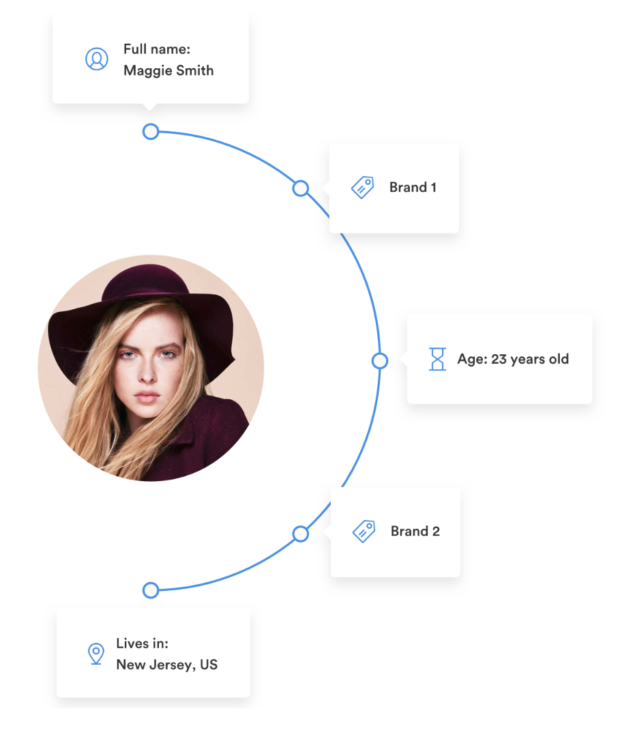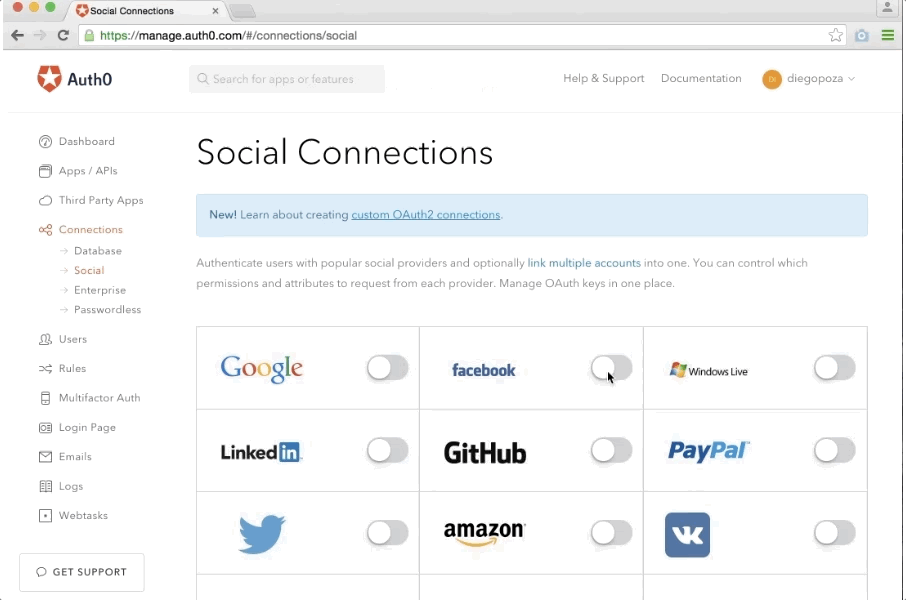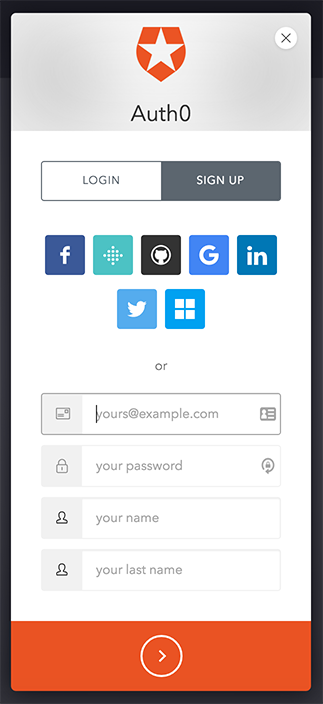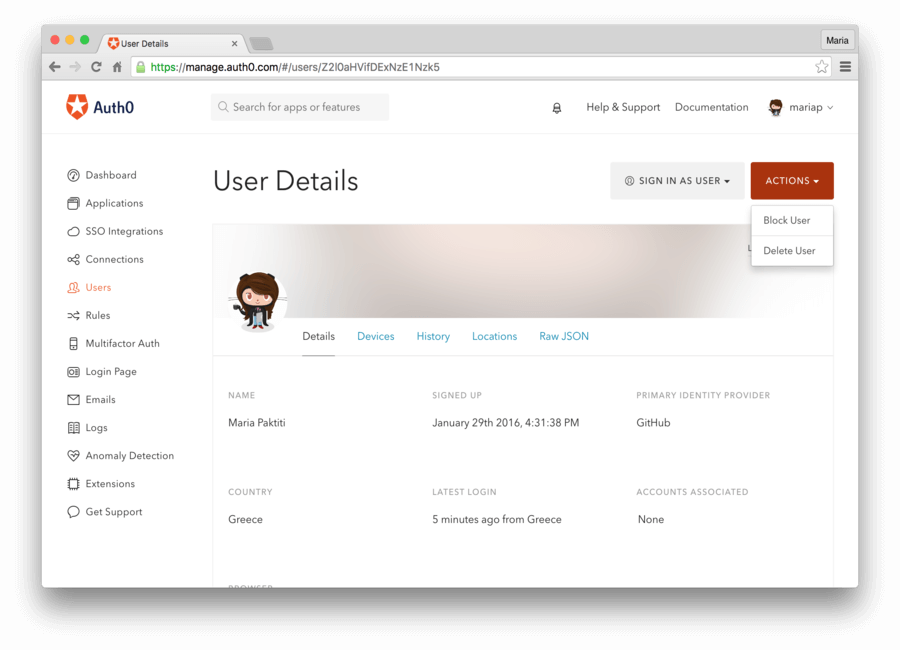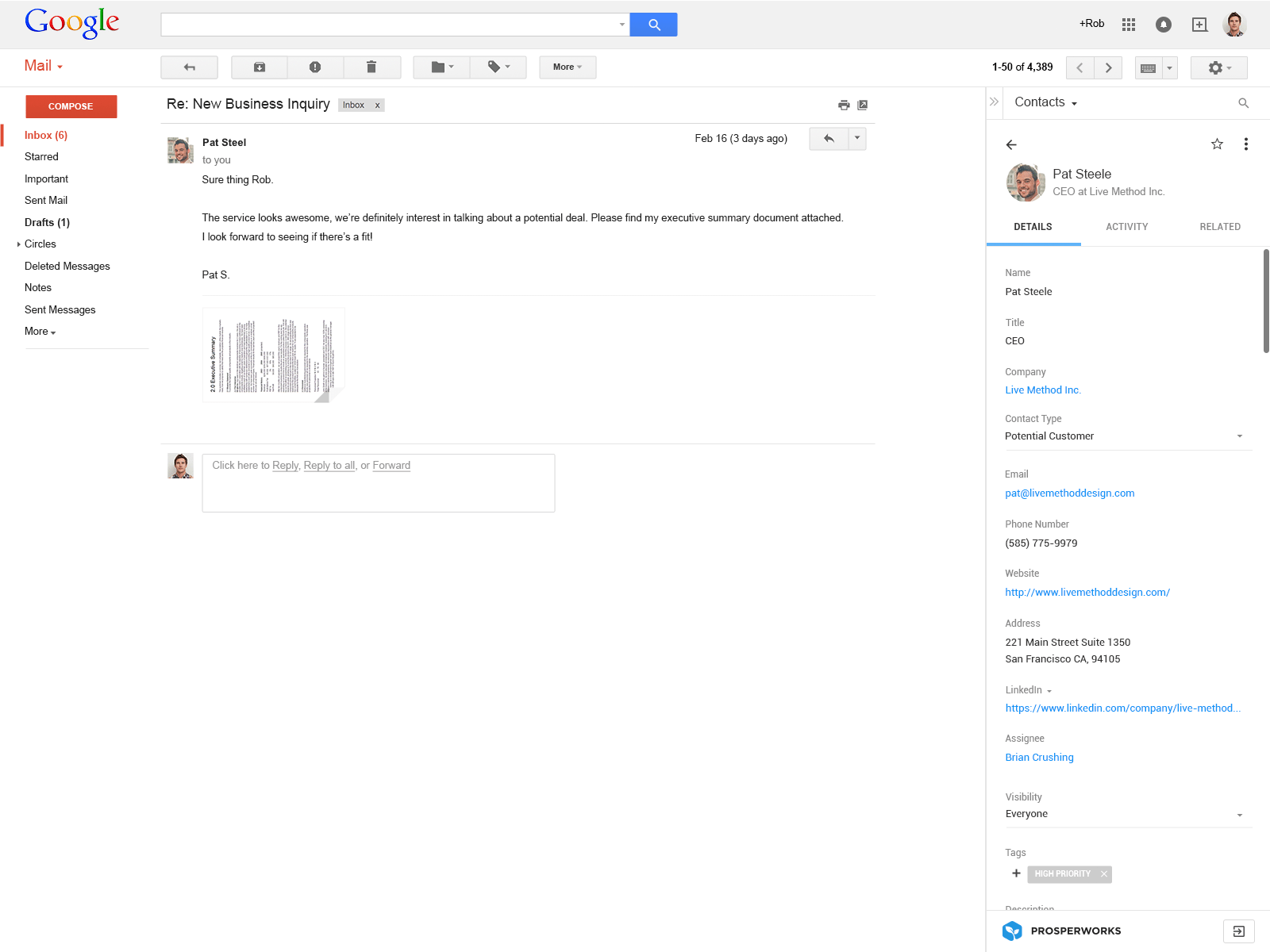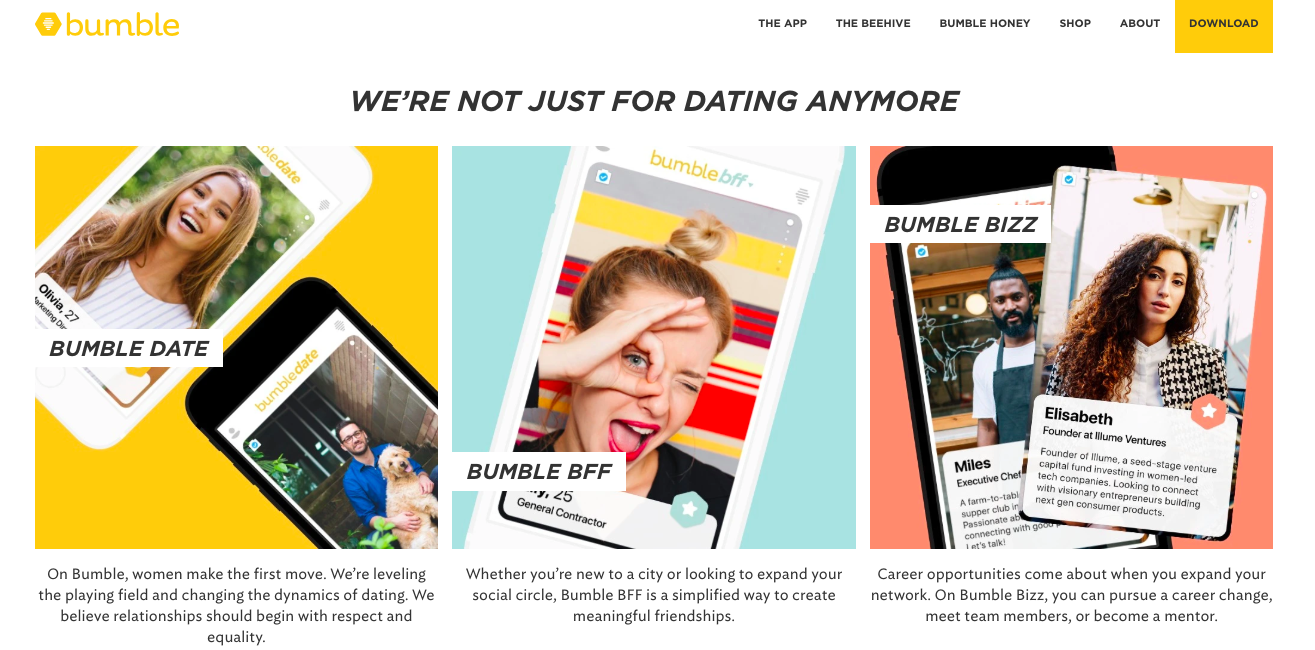Strong customer intelligence systems have been proven to drive growth. Collecting valuable data about your users' app behavior, including their login time(s) and duration(s), purchase histories, locations, and personal information, such as gender and interests, will go a long way toward crafting highly targeted marketing strategies and relevant product updates.
But what is the most efficient way to go about doing this? How do you collect this information without bothering your users? More importantly, given all of the pushback against Facebook and Cambridge Analytica's collection of user data, how do you assure your users that their information is safe and that you remain transparent about how you are capitalizing on it?
Outsourcing your customer intelligence can give you peace of mind, knowing that the process for amassing the data is well organized, efficient, and secure. Relying on a professional provider wholly focused on this task will also help you comply with rapidly approaching regulatory deadlines, like GDPR in Europe and a slew of related laws worldwide. If you're found to be out of compliance (i.e., your customer data is not secure), your business could face fines of up to €20 million or 4% of the global annual revenue (whichever is greater) — and this doesn't account for lasting damage to your brand and reputation.
Figuring out your system for customer intelligence will help you avoid potentially irreversible mistakes and underpin a strong foundation for growth.
1. Start with Social Login
Social Login is a feature that allows companies to have a comprehensive view of each of their customers and better understand their needs. By incorporating data from providers like LinkedIn, Amazon, Google, and many more, you can build a full image of these individuals as consumers — adding not only their names and photographs but also the specific brands they follow:
A manager like Auth0 supports 30+ social providers. Depending on your customer base and the type of information you're seeking, you might choose Facebook for personal data or PayPal for purchase history.
"Auth0 supports 30+ social identity providers allowing you to access a comprehensive view of each of your customers and better understand their needs."
Tweet This
It's relatively simple to add a Social Login feature to your app. In Auth0’s Management Dashboard, click Connections and then Social. From there, just flip on the switch of the selected social network provider, and choose the applications you would like to use from this provider. Since each provider has already verified the users on their platform, this cuts down on the risk of letting in fake accounts.
Incorporating Social Login can be a simple fix that opens the door to numerous avenues for growth. For example, if you're creating email campaigns to engage and upsell your current customers, it's critical that these be personal and not generic. Relying on subtle details that you've picked up on your customers via Social Login can make or break your ROI on such a campaign.
2. Incorporate Progressive Profiling to Collect Data Gradually
To reduce friction on your platform and avoid wasting users' time by having them fill out lengthy forms, progressive profiling is another tool for gradually building up a customer's profile each time they interact with your product. For example, you might begin with something as simple as requesting their first and last name, along with an email address:
From there, you might ask for additional details on the second or third login, such as:
- Address
- Birthday
- Phone number
All of these answers come together in a full view of each user:
Rich user profiles can allow you to brainstorm appropriate product updates. For example, if a major subset of your users is located in a particular country, you might consider adding a language option to your app or website to smooth their experience.
User details can be as granular as the types of devices users are logging in with. You can harness this information to optimize the content you publish. If the majority of users are on mobile devices, you might consider full-screen advertising formats, such as Instagram, that can amplify your message and provide a more immersive brand experience.
If you are organized with your customer intelligence, opportunities to be creative with your user data are vast.
3. Add Profile Enrichment to Your CRM
To build an even more robust customer view, automatically grab publicly available information with a profile enrichment tool. Integrating third-party data APIs, such as Clearbit or FullContact, into your application will allow you to cast an even wider net for customer information.
The quickly growing CRM tool ProsperWorks, for example, works with the FullContact Person API to allow users to add names, photos, and additional data from social profiles into sales contacts.
When an email exchange appears with an external contact, that contact's personal details are displayed next to the message, allowing a sales representative to have a richer understanding during an exchange and brainstorm ways to connect on a more meaningful level. Deeper engagement between sales and prospects or converted customers will only support acquisition and retention down the line.
At the end of the day, a CRM tool helps you manage data quickly and effectively — but you can utilize it for far more than the sales function. Adding a customer intelligence feature on top of an existing CRM will expand your knowledge base and help you gain more value from what you had considered a single-function piece of software.
Your ability to cross-check each of your customers with profile enrichment will cut down on fake or unwanted accounts. Each time you expand your understanding of your users with a new data capture, you can weed out profiles that return errors or anomalies — or investigate them further.
"Auth0 can give you #CustomerIntelligence and allow you to innovate like never before. Closely observing user behavior can bring to light new ideas for your business."
Tweet This
Innovate with Customer Intelligence
Enhanced customer intelligence systems can help your company innovate in myriad ways. Closely observing user behavior can bring to light new ideas for your business. The online dating app Bumble, for example, recently picked up on the trend that many of its users were also searching for new jobs and friends and exchanging money with subscriptions on other apps. This allowed Bumble to roll out a new line of services:
Deliberate, professional, and tight customer intelligence can allow you to develop entirely new revenue streams. While you can try to do this in-house, many find that it is an excellent capability to turn over to an external provider that spends 24/7 staying on the cutting edge of their specific software, making sure it is as efficient and safe as it can be for customers and end users.



